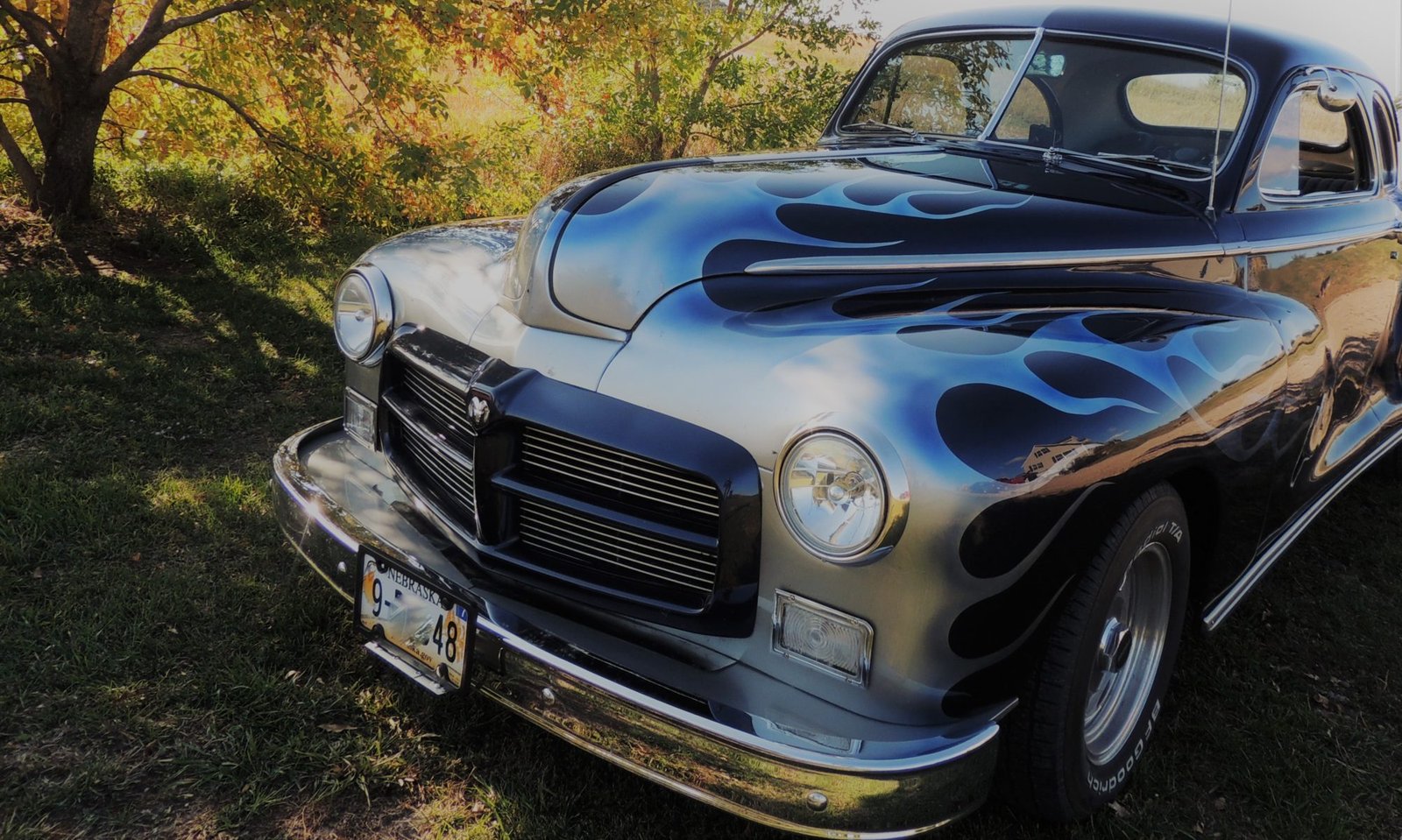Awhile back, I mentioned how the 1939 Dodge hubcap appears to be something of an “ink blot test.” Well, here is another car part that is similarly open to interpretation:

This one was included in a part lot we recently purchased, and it took me half the morning to figure out what it was. Do you see:
A) a bird sitting on top of a shield;
B) an eagle with head turned to the side and wings outstretched;
C) a phoenix, rising from the ashes; or
D) Hernando de Soto?
The answer is . . . . . . . . .
.
.
.
Apparently, D, some stylized version of Hernando de Soto, because this emblem is found on the hood of the 1958 DeSoto. In the parts manual, it is referred to only as a medallion:

The DeSoto automobile first appeared in 1928, and it was named for the famed Spanish explorer and conquistador credited with being the first European to cross the Mississippi River. It was not uncommon to honor early explorers in this fashion; names such as Antoine de la Mothe Cadillac and Robert Cavelier de la Salle were also immortalized in the automobile industry. When the DeSoto was introduced in 1928, the explorer was represented by a crest, which was also used as the radiator badge:


Of course, the best depictions of the explorer are the hood ornaments of the early 1950s:

They are certainly more recognizable than whatever that 1958 medallion is supposed to be!







